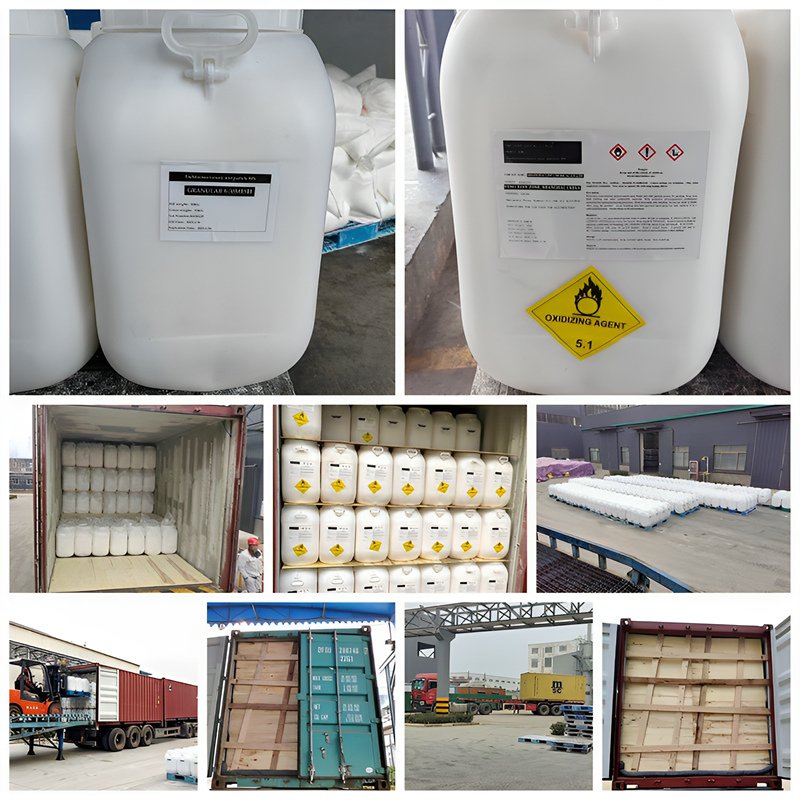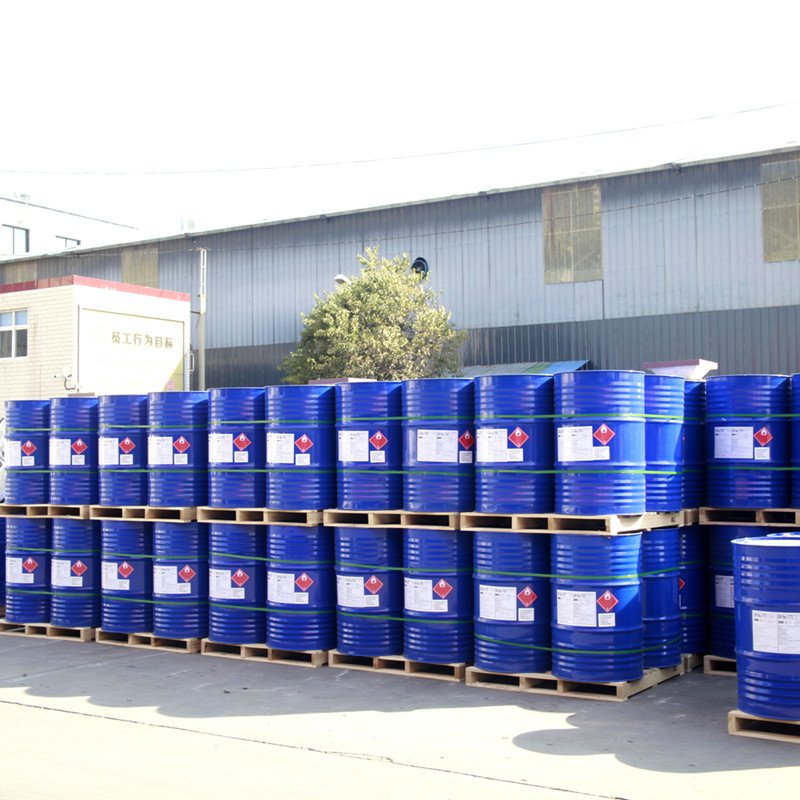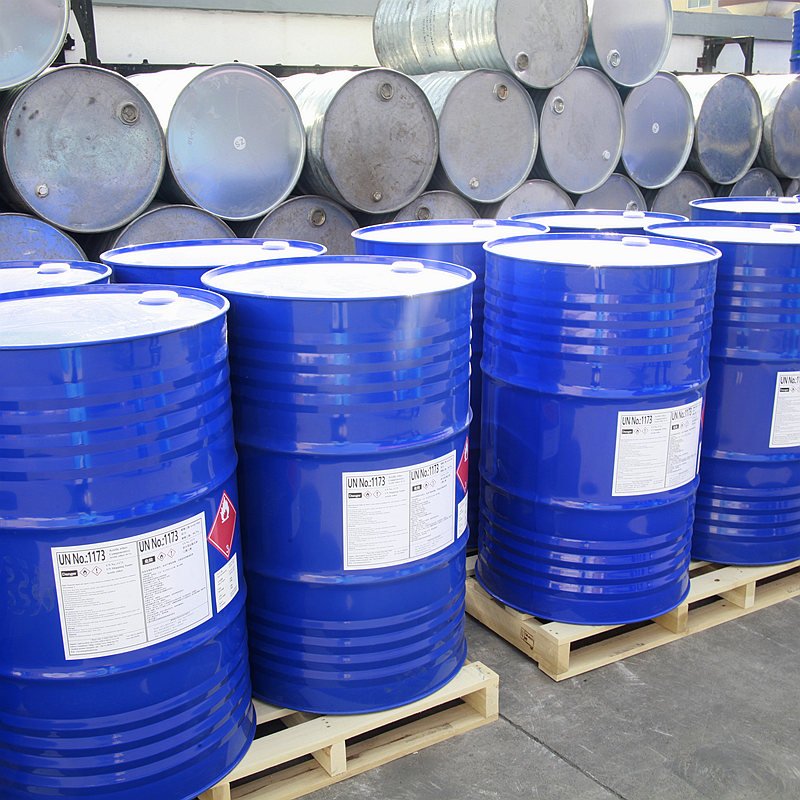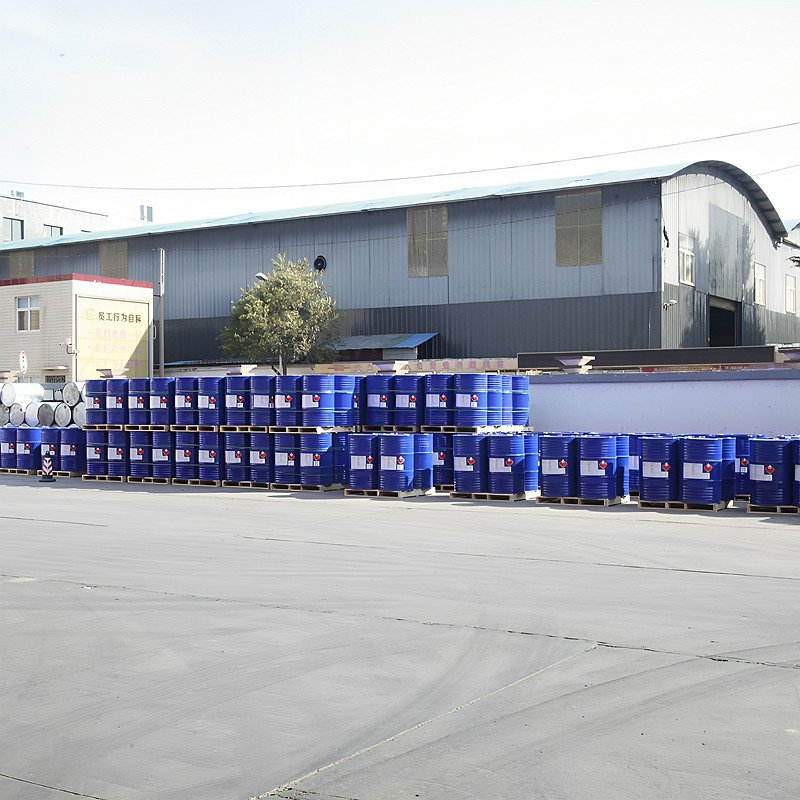Ethyl Acetate Solvent
Ethyl acetate is a common organic solvent with a fragrant fruity odor. It is often used to dissolve coatings, paints, detergents, inks, and other substances. The purity of labor-grade ethyl acetate reaches 99%, and food-grade ethyl acetate reaches 99.5%.
| Appearance | a colorless liquid with a sweet fruit-like aroma |
|---|---|
| Density | 0.902 g/cm³ |
| Boiling point | 77.1°C |
| Melting point | -83.6°C |
| Solubility | Soluble in many organic solvents such as ethanol, ether, and chloroform, but its solubility in water is relatively low (about 8.3 g/100 mL at 20°C) |
| Volatility | Highly volatile with a vapor pressure of 73 mmHg at 20°C |
Ethyl Acetate Solvent Details
Ethyl Acetate is a clear, colorless solvent with a characteristic fruity odor. Known for its excellent solubility, rapid evaporation, and low toxicity, it is widely used across various industries, including pharmaceuticals, coatings, adhesives, and chemical synthesis.
Linp Chemical supplies high-purity Ethyl Acetate in various grades to meet both industrial and laboratory requirements.
Solvent Ethyl Acetate Applications
• Solvents:
Ethyl acetate is a widely used organic solvent, especially in coatings, paints, inks, adhesives, and detergents. Due to its low toxicity and good solubility, it can dissolve various resins, plastics, greases, waxes, rubbers, and dyes.
• Food and Flavors:
In the food industry, ethyl acetate is used as a flavor solvent and aroma component in some fruity drinks, candies, and baked goods, giving them a fruity aroma.
• Pharmaceutical Industry:
Ethyl acetate is used as a solvent or extractant in the pharmaceutical industry to help extract certain drug ingredients.
• Cleaning and Decontamination:
Due to its good solubility, ethyl acetate is often used as a cleaner for oil, glue, nail polish, etc.
• Chemical Synthesis:
Ethyl acetate can be used as an intermediate in chemical synthesis, for example, in organic synthesis to prepare other ester compounds, aromatic hydrocarbons, or drugs.
If you want to know more application details, you can refer to this article named “Why Ethyl Acetate Solvent Is a Go-To Choice in Cleaning, Extraction, and Industrial Applications“.Key Advantages of Our Ethyl Acetate Solvent
At Linp Chemical, we not only supply high-purity Ethyl Acetate Solvent, but also provide professional services to ensure a worry-free procurement experience:-
Secure and Leak-Proof Packaging
- Our Ethyl Acetate Solvent is packed with strict sealing standards to prevent leaks and contamination, maintaining product quality during storage and transportation.
- Available in standard drums (50kg, 200kg) or customized packaging to meet different customer requirements.
-
Extensive Shipping Experience
- With years of experience in chemical logistics, we understand the regulations for transporting hazardous materials.
- Products are delivered safely and efficiently worldwide, ensuring timely delivery for industrial and laboratory applications.
-
Hassle-Free Customs Clearance
- Familiar with international customs procedures, we handle all necessary documents and certificates, such as SDS, COA, and IMDG compliance.
- This reduces the complexity of importing chemicals and accelerates product arrival for our clients.
-
High Quality and Reliability
- High-purity Ethyl Acetate Solvent with stable performance, suitable for industrial, laboratory, and pharmaceutical use.
- Strict quality control ensures that each batch meets international standards.
Health And Safety Tips
• Inhalation risk:
Ethyl acetate vapor may irritate the respiratory tract. Prolonged exposure to high concentrations of vapor may cause headaches, dizziness, or nausea, and in severe cases may affect the central nervous system. Please use in a well-ventilated environment and consider using appropriate respiratory protection equipment.
• Skin contact risk:
Direct contact with ethyl acetate may cause skin dryness, irritation, or mild allergic reaction. It is recommended to use gloves and protective clothing to reduce skin contact.
• Eye contact risk:
Avoid contact with ethyl acetate vapor or liquid to prevent irritation or injury. If contact occurs, rinse immediately with plenty of water and seek medical help.
Environmental Safety
• Prevent pollution:
Although ethyl acetate has a relatively small impact on the environment, large leaks may still cause water and air pollution. Please dispose of waste properly and avoid direct discharge into the environment.
• Storage and handling:
Ethyl acetate is flammable and should be stored away from fire and high-temperature environments. Ensure that the storage area is well-ventilated and complies with all relevant safety regulations and guidelines.
• Flammable liquids:
Ethyl acetate is a flammable liquid. Please ensure that it is away from fire and high temperatures when used and stored.
Packaging
Typically, we offer 50kg barrel packaging for the safety and convenience of storage and transportation. But we also provide custom packaging solutions based on the customers’ specific requirements.
The barrels we use to store the chemicals are made of high-density polyethylene (HDPE) plastic. These barrels are highly resistant to chemical corrosion and can resist the corrosion of acids, alkalis, salts, and most chemicals. The barrel wall thickness is approximately 2-5mm, and the barrel cover uses a sealing cover to prevent chemical leakage.
The labeling requirements for the barrel outer packaging completely follow GHS requirements, clearly identifying the hazards of chemicals, including label colors and symbols (such as corrosive, flammable, environmental hazard symbols, etc.). Necessary safety measures are also provided, such as treatment methods and first aid measures after contact with chemicals.
When packing, our factory operators will use forklifts to move the neatly stacked barrels of chemicals into the carriage. Each box of goods has a fixed weight limit to ensure that it is not overloaded. In addition, each layer is equipped with partitions to reduce friction between barrels.
Transportation
Typically, we use the sea transportation. But all the packaging materials are moisture-proof, waterproof, and corrosion-resistant, which can ensure the stability of chemicals and prevent leakage or reaction.
All packages are clearly noted with dangerous goods identification and safety data to meet international transportation regulations during transportation, storage, and operation, and to ensure personnel safety and environmental protection during transportation.
Meanwhile, sea transportation can accommodate a large amount of goods, especially for chemicals that are heavy and large in volume, and th etransportation cost per unit of goods is lower.
In addition, sea transportation has a wide transport network, and almost all ports can be used for sea transportation. Its transportation cycle is also relatively stable and highly secure.





